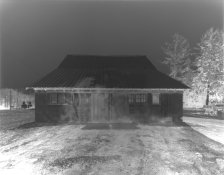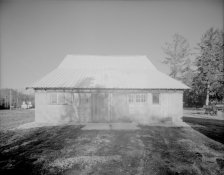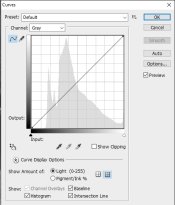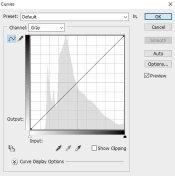michaelorr
Member
I have a Wollensak 159mm wide angle lens for 8x10. I also have a Wollensak Series V lens on a whole plate camera.
I have exposed films with these lenses on 8x10 and 5x7, and compared with exposures taken with a zeiss jena 165mm lens taken on 4x5. about the same f/ on each.
Developed basically the same, i do not understand why the two Wolly lenses have such poor results, in contrast, when compared to the zeiss. I mean, really big difference.
I had aimed to see if the whole plate camera with 5x7 film adapter was registering the same focal plane as the camera was built for with plates. So, i really aimed to see how in focus the image was. While the image was a bit low in resolution compared, maybe a bit "soft", still seemed mostly in focus. My biggest disappointment was in how flat the negatives were with both wolly's compared.
Am i supposed to compensate in developing, or some other adjustment known to use these lenses? And if so, why is the zeiss so much better, also an uncoated lens?
all my other photos are taken with typical multi-coated modern lenses. No surprises there. i just have to believe these older lenses have produced masterful images. even Matthew Brady's stuff was better than i am getting!
>michael
I have exposed films with these lenses on 8x10 and 5x7, and compared with exposures taken with a zeiss jena 165mm lens taken on 4x5. about the same f/ on each.
Developed basically the same, i do not understand why the two Wolly lenses have such poor results, in contrast, when compared to the zeiss. I mean, really big difference.
I had aimed to see if the whole plate camera with 5x7 film adapter was registering the same focal plane as the camera was built for with plates. So, i really aimed to see how in focus the image was. While the image was a bit low in resolution compared, maybe a bit "soft", still seemed mostly in focus. My biggest disappointment was in how flat the negatives were with both wolly's compared.
Am i supposed to compensate in developing, or some other adjustment known to use these lenses? And if so, why is the zeiss so much better, also an uncoated lens?
all my other photos are taken with typical multi-coated modern lenses. No surprises there. i just have to believe these older lenses have produced masterful images. even Matthew Brady's stuff was better than i am getting!
>michael














